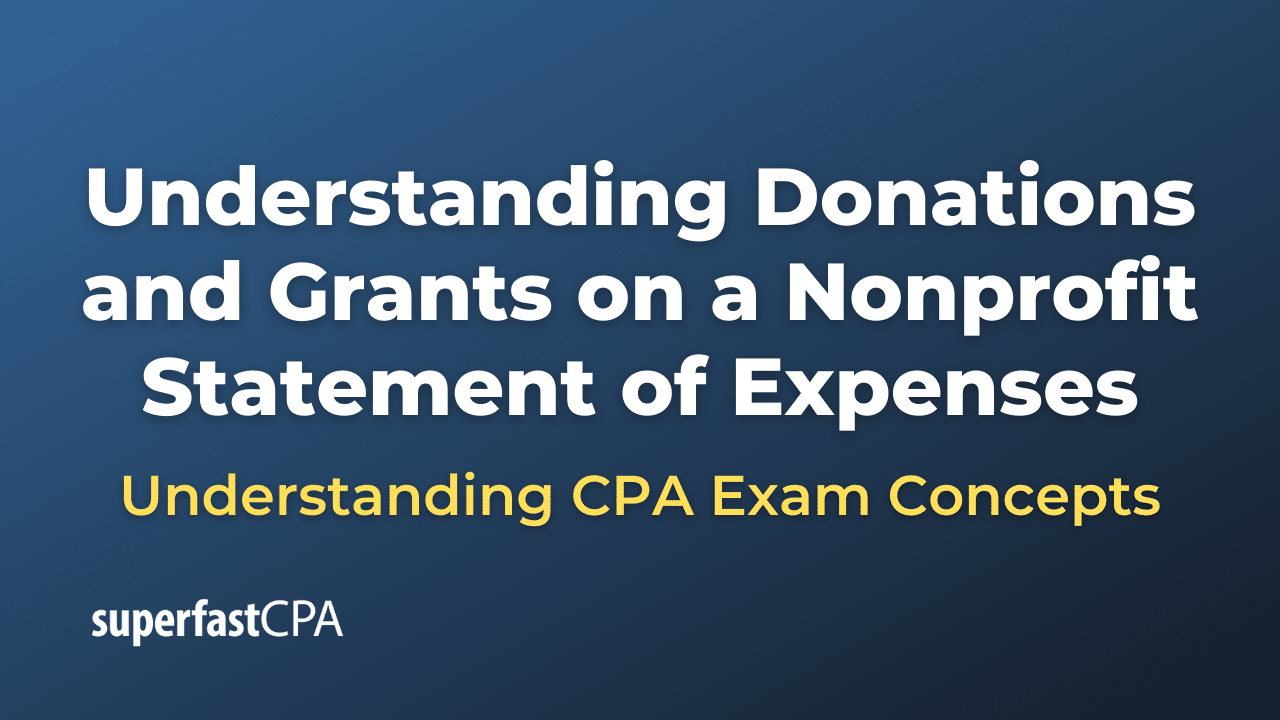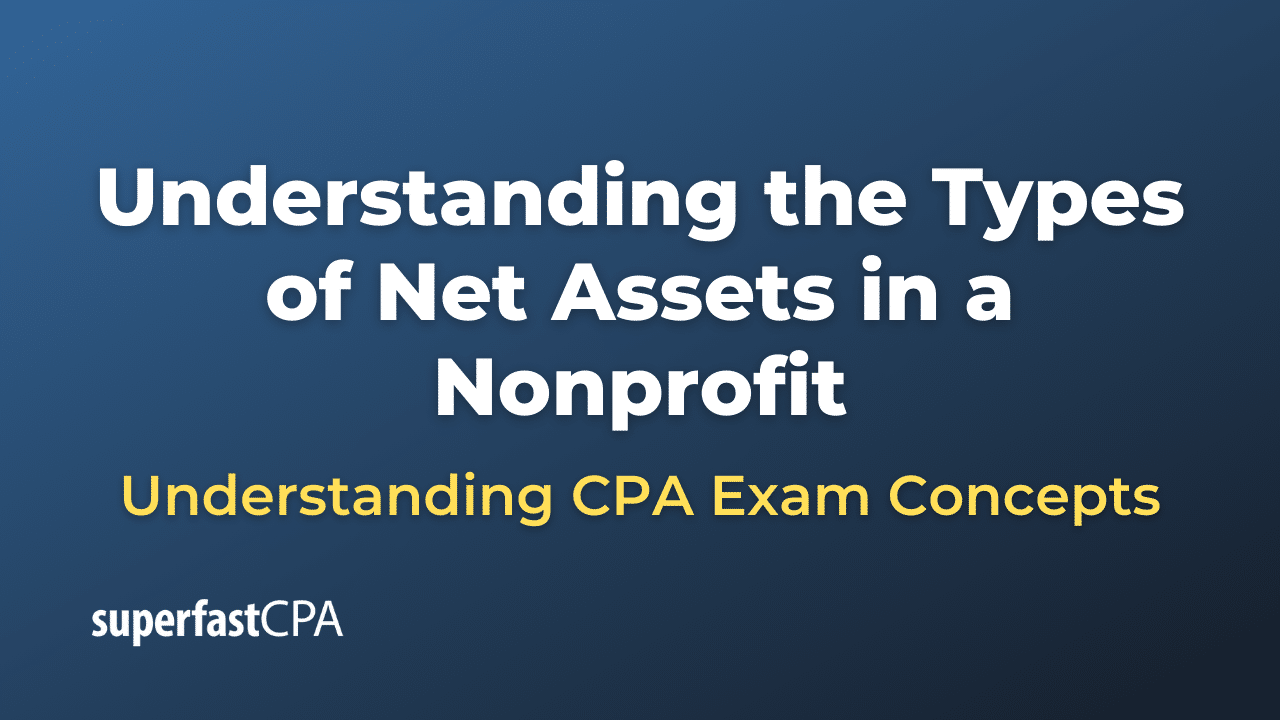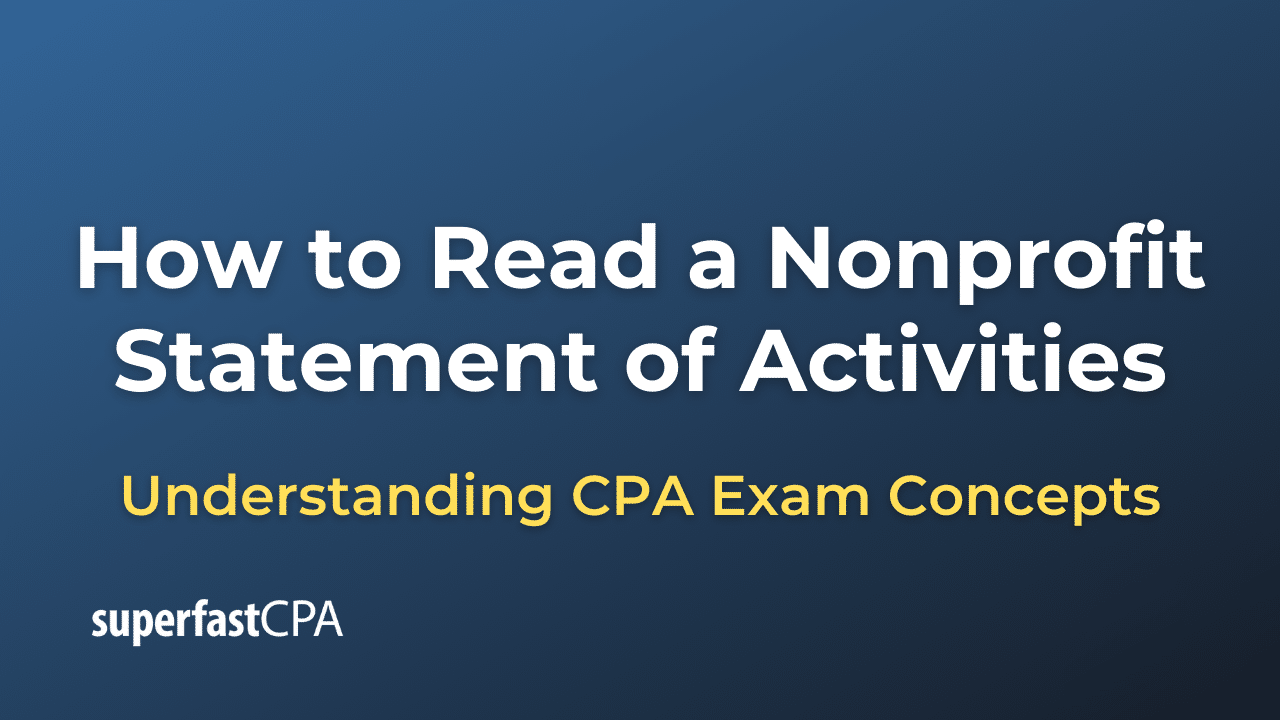Cost Based Pricing
Cost-based pricing, also known as cost-plus pricing, is a pricing strategy in which a product or service’s price is determined by adding a fixed markup or percentage to the total cost of producing the product or providing the service. This method aims to ensure that the company covers its costs and achieves a desired profit margin on each sale.
In cost-based pricing, the total cost consists of both direct and indirect costs:
- Direct costs: These are costs that can be specifically traced to a product or service, such as direct materials and direct labor.
- Indirect costs: Also known as overhead or shared costs, these costs cannot be directly traced to a specific product or service but are still incurred during the production or service delivery process. Examples include rent, utilities, depreciation, and administrative expenses.
To determine the price using cost-based pricing, a company follows these steps:
- Calculate the total cost of producing the product or providing the service, including both direct and indirect costs.
- Add a fixed markup or percentage (representing the desired profit margin) to the total cost.
For example, if the total cost to produce a product is $20 and the company wants to achieve a 25% profit margin, the cost-based price would be:
Cost-based Price = Total Cost + (Total Cost × Profit Margin Percentage)
Cost-based Price = $20 + ($20 × 0.25) = $20 + $5 = $25
Cost-based pricing is relatively simple to implement, as it primarily relies on the company’s internal cost information. However, it has some limitations. The method does not take into account market factors, such as customer demand, competitor prices, or the perceived value of the product or service. As a result, cost-based pricing may not always result in optimal pricing decisions that maximize profitability or market share.
Alternative pricing strategies, such as value-based pricing and competition-based pricing, consider external factors like customer value perception and competitor prices to determine the optimal price for a product or service. Companies may choose to use a combination of pricing strategies to achieve their overall pricing objectives.
Example of Cost Based Pricing
Let’s consider a fictional company called “EcoBags” that manufactures and sells eco-friendly reusable bags.
EcoBags incurs various direct and indirect costs to produce their bags. To determine the cost-based price for their bags, the company needs to follow these steps:
- Calculate the total cost of producing a bag:
Direct costs:
a. Direct materials (fabric, thread, etc.): $4.00 per bag
b. Direct labor (wages for workers sewing and assembling the bags): $3.00 per bag
Indirect costs (allocated to each bag):
a. Rent, utilities, and other overhead expenses: $1.50 per bag
b. Depreciation of sewing machines and equipment: $0.50 per bag
Total cost per bag = Direct costs + Indirect costs
Total cost per bag = ($4.00 + $3.00) + ($1.50 + $0.50) = $7.00 + $2.00 = $9.00
- Add a fixed markup or percentage (representing the desired profit margin) to the total cost:
Suppose EcoBags aims for a 40% profit margin on each bag sale. They would calculate the cost-based price as follows:
Cost-based Price = Total Cost + (Total Cost × Profit Margin Percentage)
Cost-based Price = $9.00 + ($9.00 × 0.40) = $9.00 + $3.60 = $12.60
In this example, EcoBags would set the cost-based price for their reusable bags at $12.60. This price ensures that the company covers the total cost of producing each bag and achieves the desired profit margin of 40%.
However, it’s important to note that cost-based pricing does not consider external factors, such as customer demand, competitor prices, or the perceived value of the product. EcoBags may need to adjust their pricing strategy by considering these factors to maximize profitability or market share.














